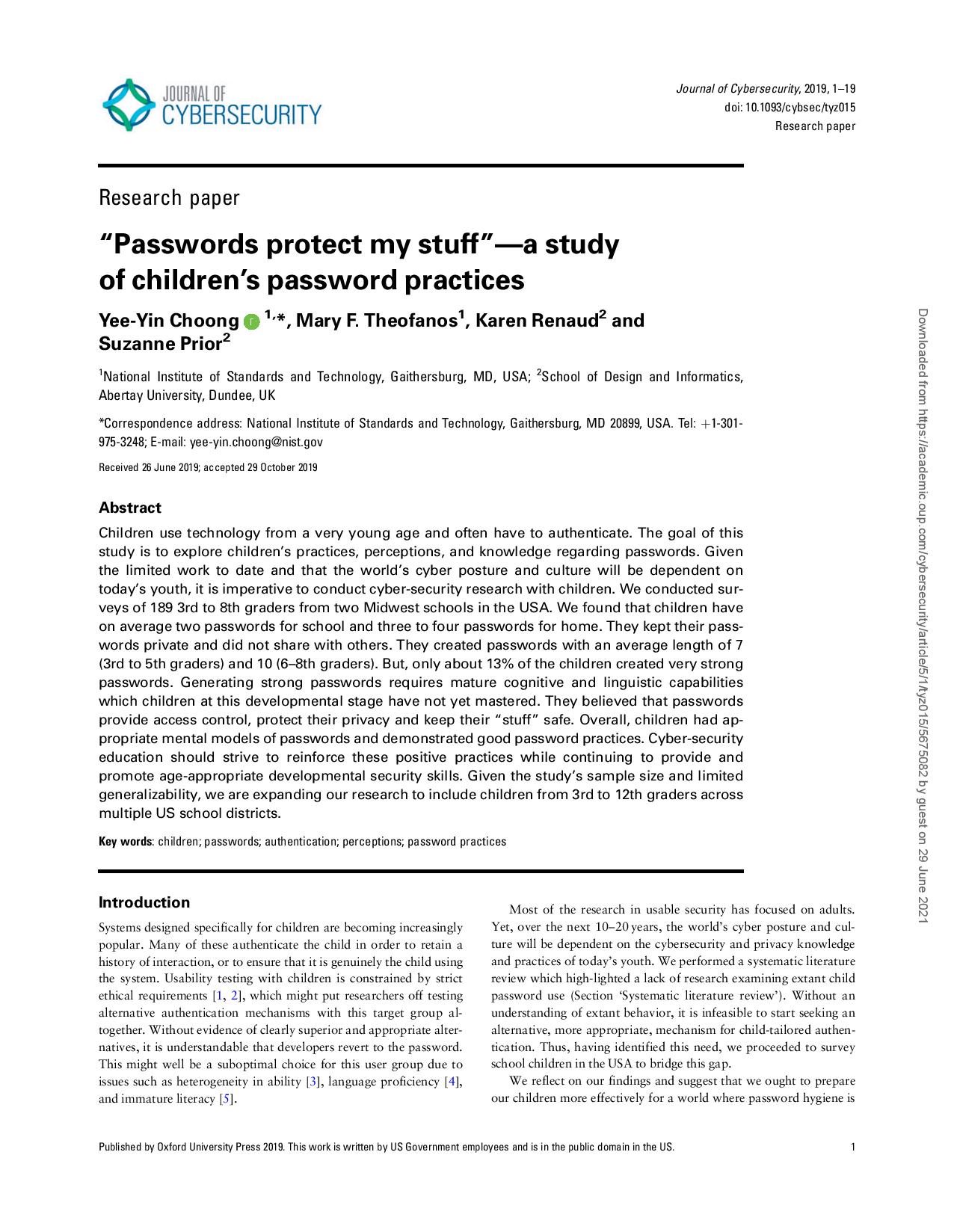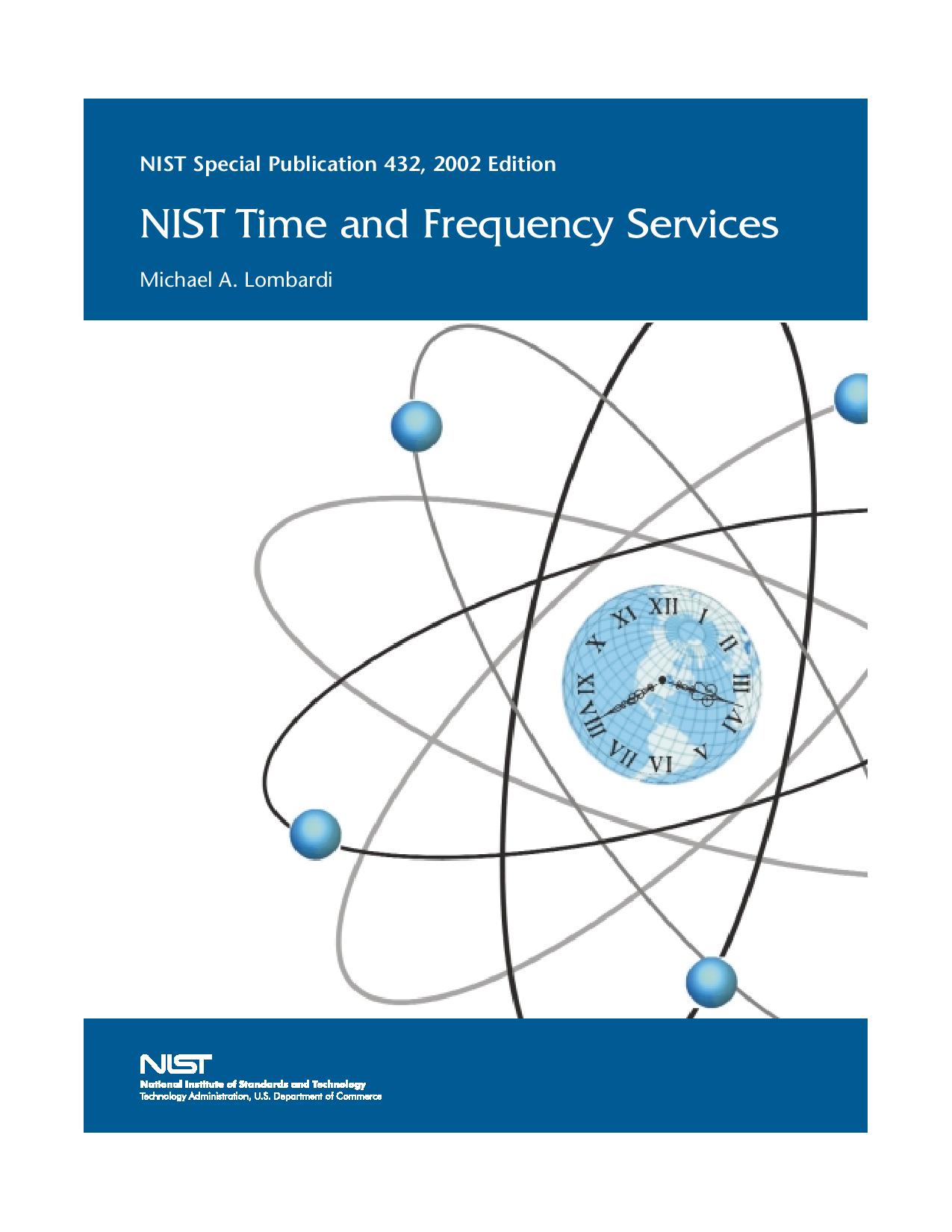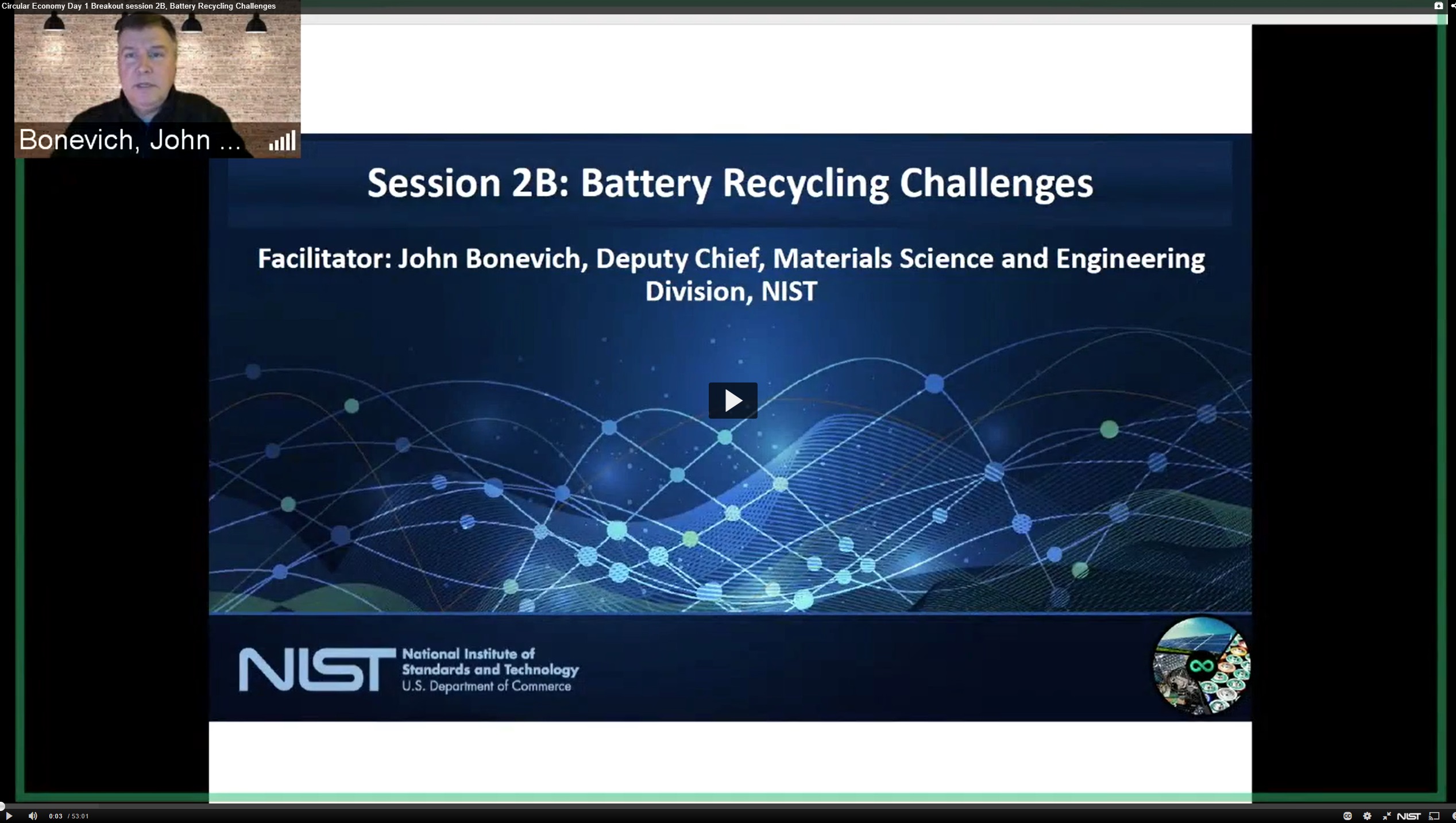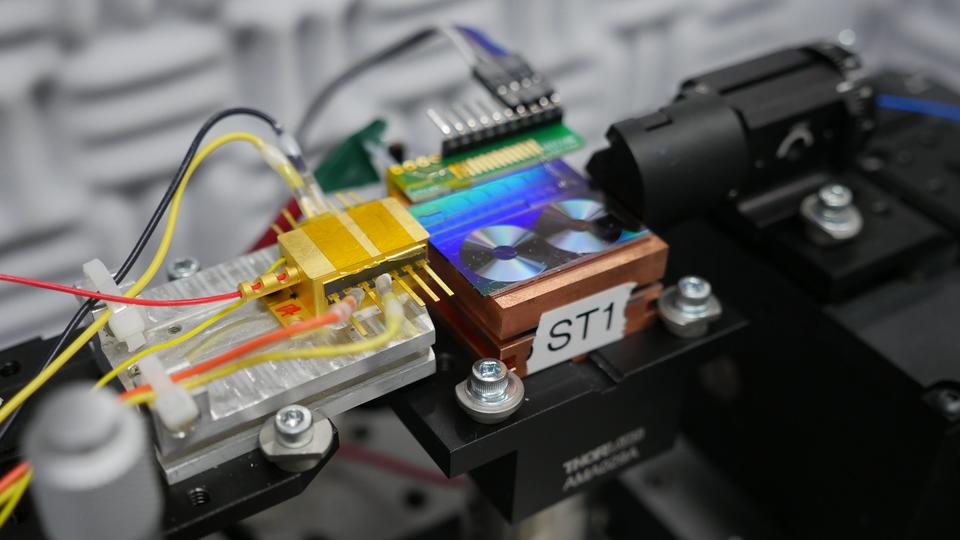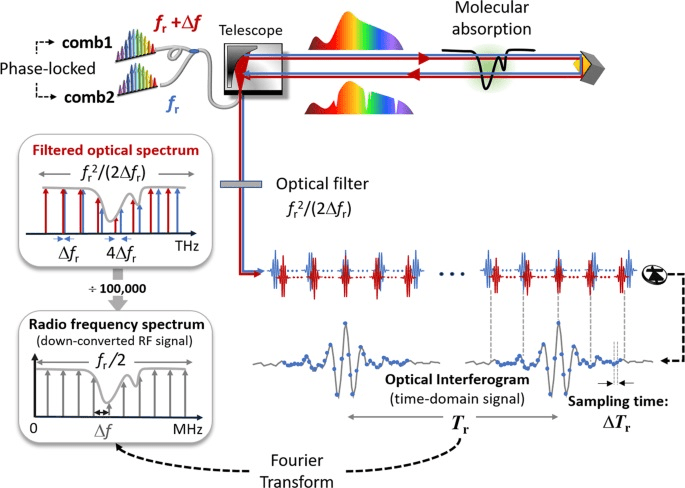The International Trade Administration (ITA) of the U.S. Department of Commerce (DOC) is requesting public comments to gain insights on the current global artificial intelligence (AI) market. Responses will provide clarity about stakeholder concerns regarding international AI policies, regulations, and other measures which may impact U.S. exports of AI technologies. Additionally, the request for information (RFI) includes inquiries related to AI standards development. ANSI encourages relevant stakeholders to respond by ITA’s deadline of October 17, 2022.
Commerce Department Launches the National Artificial Intelligence Advisory Committee
Save the date! NIST is set to release our AI Risk Management Framework this week.
📅 Thursday, January 26 at 10am ET
📍 Livestream (no registration needed)Learn more: https://t.co/2YmN2R6bTV pic.twitter.com/muICEyRYcP
— National Institute of Standards and Technology (@NIST) January 23, 2023



